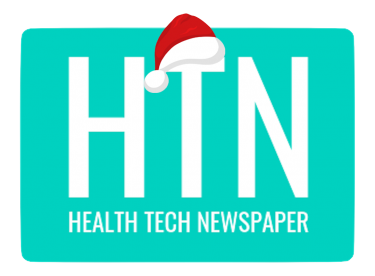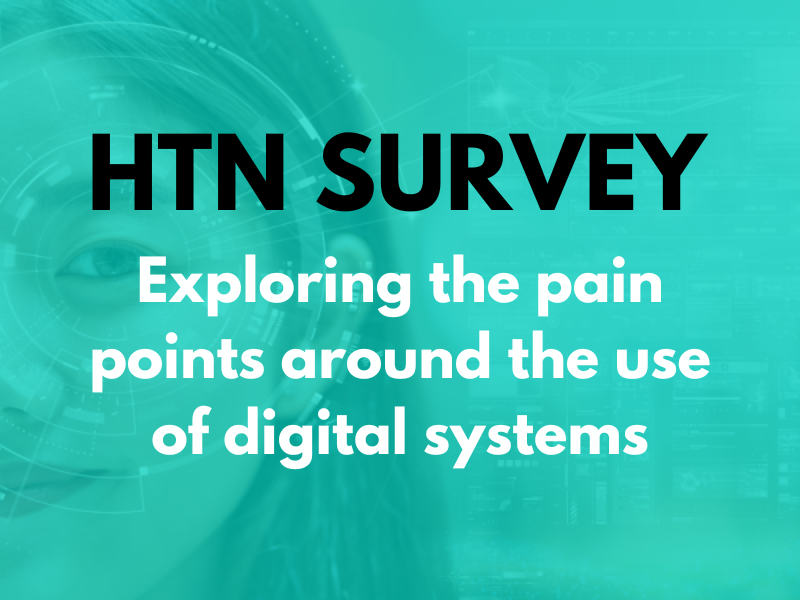The UK Health Data Research Alliance, an alliance of health, care and research organisations convened by Health Data Research UK (HDR UK), has released a new Green Paper with recommendations for a data use registers standard.
Data use registers act as public records on what data organisations have given access to for the purposes of research, innovation and service evaluation.
The latest Green Paper has been created following an analysis of current, other data use registers, and after consultations with health data research organisations, universities, data custodians and patient groups. These included attendees from Great Ormond Street Hospital NHS Trust, Nottingham University Hospitals NHS Trust, St Bartholomew’s Hospital, University Hospitals Birmingham NHS Trust, SAIL Databank, The Brain Tumour Charity, Edinburgh University, Imperial College London, Kings College London, University College London, NHS Digital, NHSX, Public Health England, Public Health Scotland, and the National Neonatal Research Database.
Now that the document of recommendations has been drafted, the Alliance is asking organisations, the public, researchers and policy makers to provide further feedback on its suggestions and the challenges they may pose. It’s expected that this will be incorporated into a White Paper that’s pencilled in for publication in October 2021.
Through the Green Paper recommendations, the Alliance says it aims to: improve transparency in the use of health data for research and innovation; demonstrate the value and benefit of using health data; develop a culture of openness amongst data custodians and researchers; generate better insight into health data usage; build public trust and advocacy for data use.
The paper is timely, given the debate surrounding the new GP Data for Planning and Research (GPDPR) programme and the release of the Department of Health and Social Care and NHSX’s own draft data policy.
In its executive summary, it states, “this Green Paper outlines recommendations for data use registers standards to be adopted by data custodian organisations. A data use register…is a public record of how data is being used for research, by who and most importantly for what purpose and offers a demonstration of the value and benefit of using health data.
“The UK Health Data Research Alliance brings together data custodians to establish best practice to enable the ethical use of UK health data for research and innovation at scale. It is therefore ideally placed to support the development and adoption of a data use register standard.”
The most significant finding, according to the Alliance, was that “only half of the data custodians analysed were found to publish registers”. This, it said, “was of biggest concern to the public contributors” who “highlighted that the priority must be to support organisations without a register to make this information public.”
Its five key recommendations are:
- All data custodians and controllers should publish a public record of ‘approved research studies, projects and other data uses’.
- Data use registers should, as far as possible, be ‘populated in near real time directly from information provided through the Data Access Request process’ to ‘improve timeliness and accuracy of entries’.
- Data use registers should be made available in both human readable and machine-readable formats.
- Data use registers should have a ‘consistency of format and content’ based on the Five Safes framework to ‘enable ease of understanding and aggregation of registers’. A draft specification of recommended data fields is included in the Green Paper.
- Researchers, data custodians and funders should use data use registers to close the loop on the impact of data use by including links to research findings and other outputs.
The document also explains that its purpose is to encourage “transparency in the use of health data for research and innovation” and that by “establishing a core set of standards on who, how and why data is accessed, we hope to demonstrate the value and benefit of using health data, develop a culture of openness amongst data custodians, whilst also generating better insight into health data usage.”
It also hopes that “publishing this information in an accessible and understandable format” will “help build public trust” and “advocacy for data use”.
In the ‘current state analysis’, the literature says that 46 data custodians and controllers from the Alliance and seven non-Alliance members were included in its review, which found that only half of the data custodians analysed publish registers. A comparison of content, it adds, “highlighted greater prevalence of project titles, lay summaries, organisations, and applicant names, whilst information on the data sensitivity level, legal basis and location of data access was far less common.”
And in regard to format, “most data use registers were published on a web page in either a list or table”, while “information on publication frequency was not clear with most data custodians not specifying how often their registers were updated or when they were last updated”. This “variability” in content, format, and frequency of publication it says, “demonstrates the need for a standard and the great potential for improvement”.
After a series of workshops and interviews were held, learnings from the community included:
- Consistency in register names – a standard approach to the naming of registers was highlighted as essential to public understanding and for demonstrating alignment in approach. ‘Data use register’ is the preferable term for a lay audience and ‘more reflective of data use’ within a trusted research environment.
- Audience and impact on format – developing an easy-to-use platform could help meet the needs of the public but the information requirements of researchers may be more complex. The possibility of offering a variation in the format and design of the data use register was explored, supporting publication of data use registers on public web pages, whilst also ensuring that registers can be downloaded in a machine-readable format.
- Accessibility through lay and standard terminology – ‘clear lay summaries and consistency in the terminology used in data use registers’ was a ‘top priority’. Researchers may benefit from ‘better signposting of guidance and standards already available’ on how to ‘write a good lay summary’. Offering recommendations on the content of a data use register, along with standard definitions of common data types would support an ‘aligned approach to implementation’, which will improve the public’s understanding of how their data is being used.
- Automation and impact on update frequency – data accuracy, authenticity and timeliness were highlighted as essential to building confidence and trust. It was suggested that automated processes could facilitate the transfer of information from data access management systems to data use registers in near real time, making it easier to keep data use registers up-to-date and ensure accurate information is publicly shared.
- Improving the link to research outputs – demonstrating clear links between data use and research impact to create a culture of ‘transparency and openness’.
View the full version of the Green Paper, entitled ‘Improving transparency in the use of health data for research: Draft recommendations for a data use registers standard’, here.
The authors encourage feedback on the publication through the dedicated survey, which can be accessed here.
The publication is licensed under Creative Commons Attribution 4.0 International. Authors attributed to it are: Nada Karrar; Shahriar Kabir Khan; Sinduja Manohar; Paola Quattroni; David Seymour; Susheel Varma.





